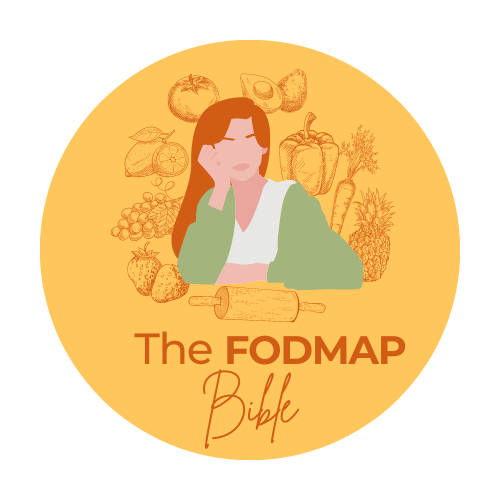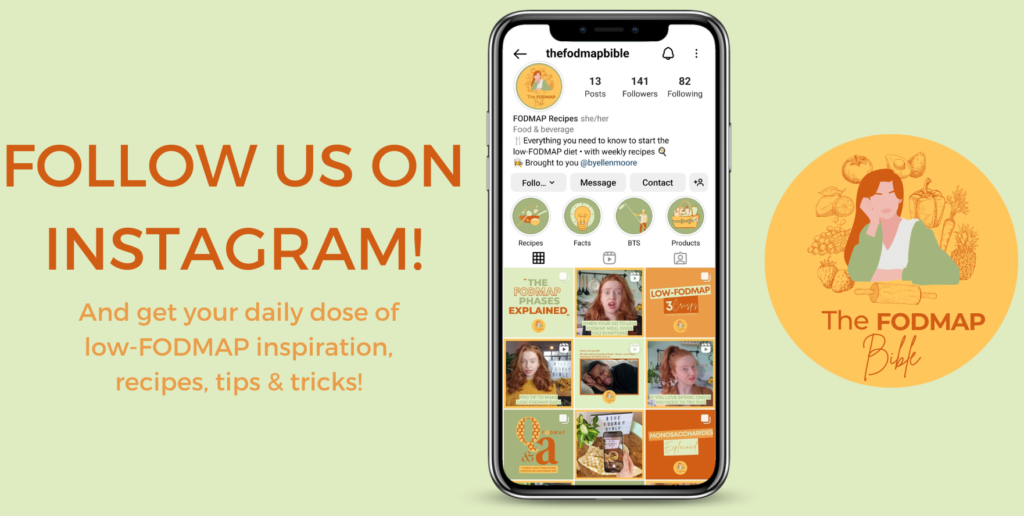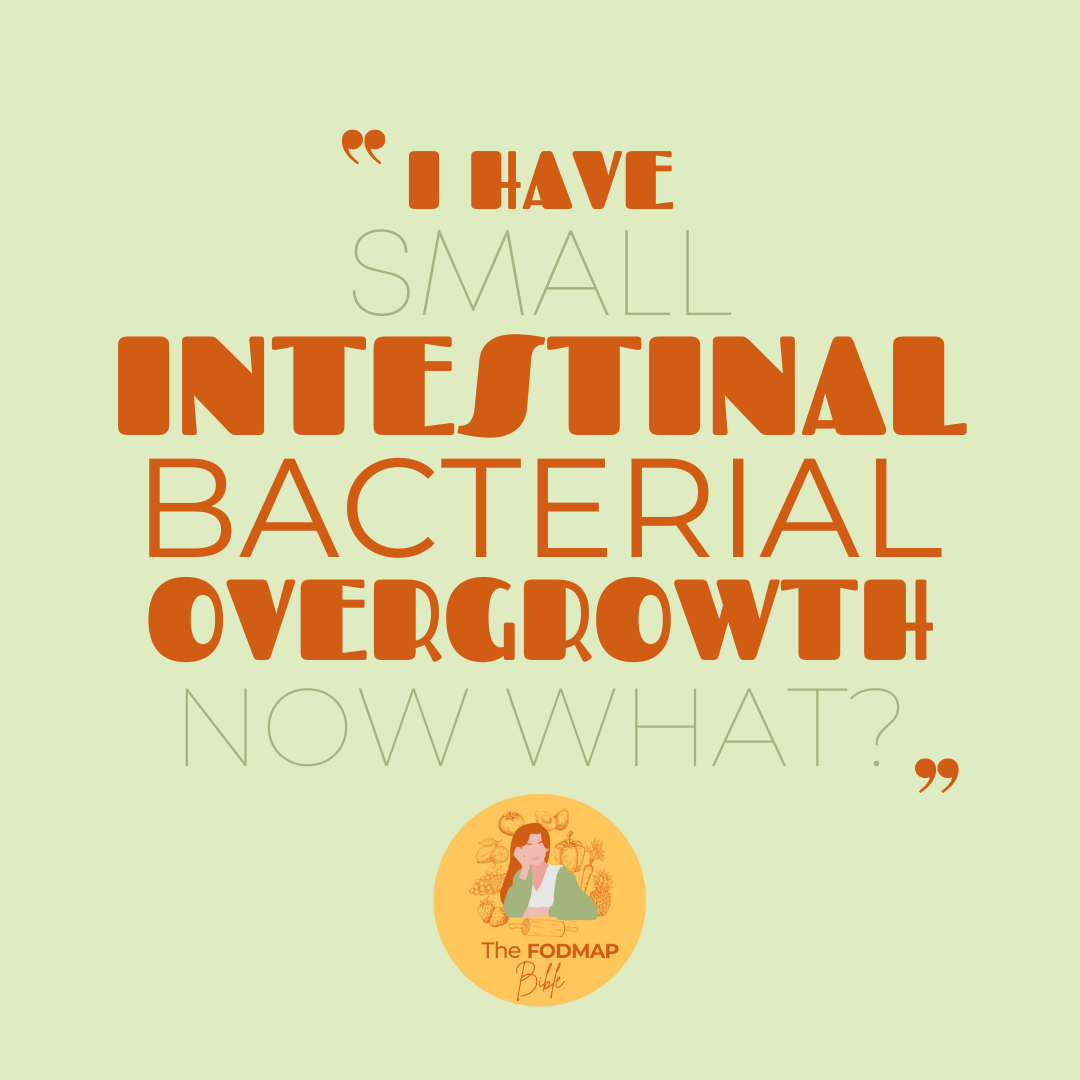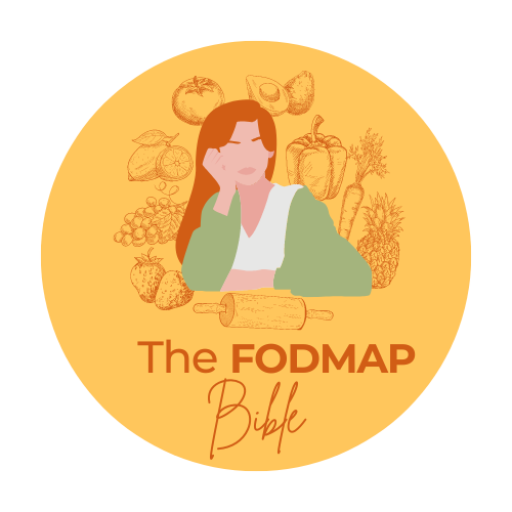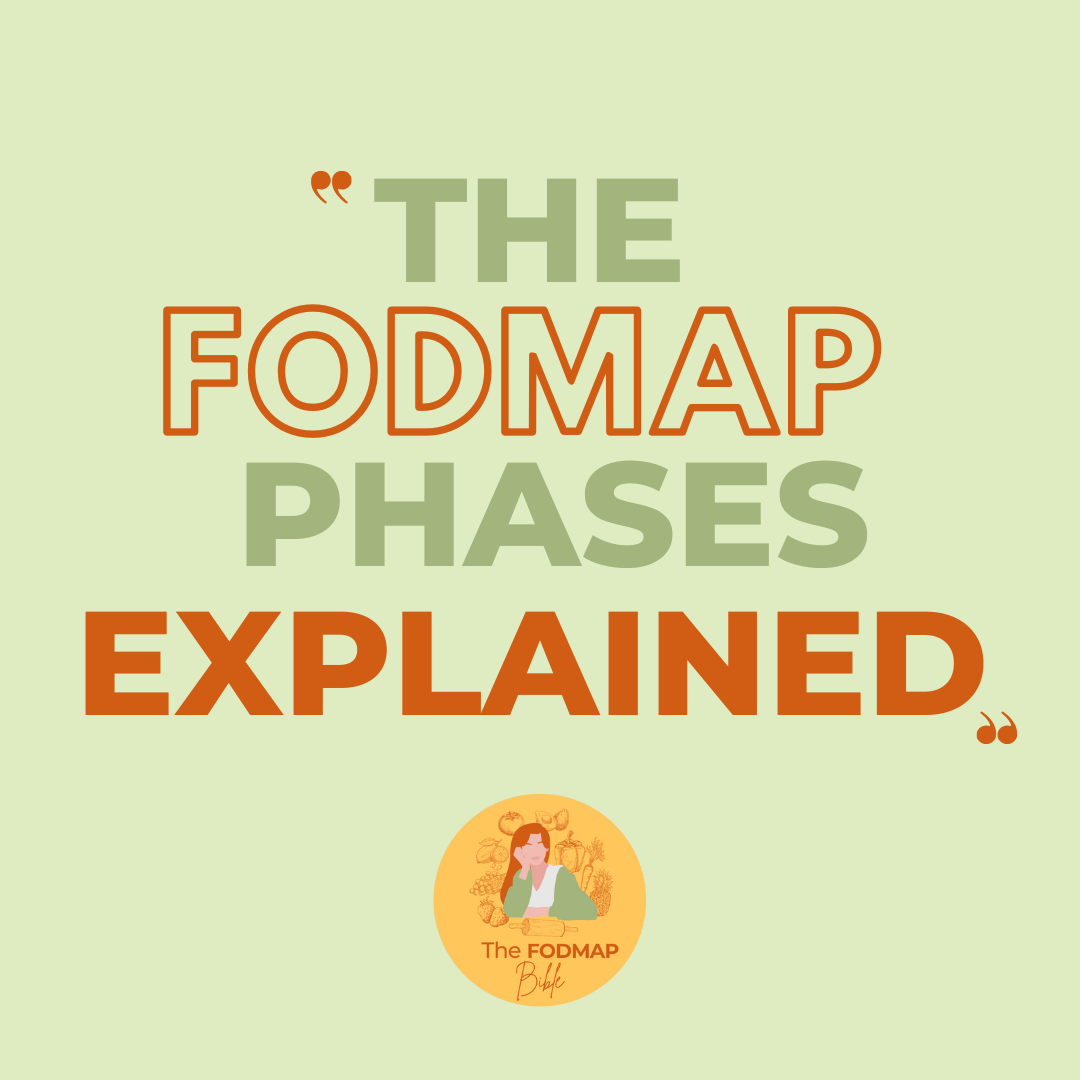
The Phases Of The Low-FODMAP Diet
The low-FODMAP diet is a medically induced and temporary diet aiming to ease the symptoms of those suffering from Irritable Bowel Syndrome (IBS) and / or Small Intestinal Bacterial Overgrowth (SIBO). These conditions can result in symptoms like:
● Bloating;
● Constipation;
● Diarrhea;
● Nausea;
● Abdominal pain.
Like stated above, the low-FODMAP diet is a medically induced diet. This means that if you do not suffer from any symptoms following the low-FODMAP diet won’t benefit you in any way shape or form.
Therefore we highly discourage you to follow the low-FODMAP diet if you don’t have any symptoms of a gastrointestinal disorder like IBS and or SIBO, not only because you won’t benefit from doing so, but because this diet is very restrictive and might therefore lead to an unnecessarily unhealthy relationship with food.
That being said, the low-FODMAP diet consists of 3 phases:
1. The low-FODMAP phase
2. The reintroduction phase
3. The personalization phase
1. The low-FODMAP phase
During the low-FODMAP phase – of the low-FODMAP diet – you do not eat any FODMAP’s, to calm your symptoms.
This phase lasts approximately 2-6 weeks and ends when you’re symptoms have stabilized.
As soon as you’ve been asymptomatic for some time, you will continue to the reintroduction phase.
2. The reintroduction phase
During the reintroduction phase you reintroduce each one of the FODMAP’s to your diet, one by one. This phase is meant to identify which FODMAP’s you do and do not tolerate.
Do not introduce several FODMAP’s simultaneously, because doing so will make it impossible to understand which FODMAP’s are the ones that do (or do not) cause symptoms.
During the reintroduction phase you consume small portions of high-FODMAP foods on test days, while maintaining a low-FODMAP diet.
It is of vital importance to carefully track your symptoms or the lack thereof, because this is your moment to get a clear insight into what works for your body and what doesn’t. Make sure to maintain a low-FODMAP diet (apart from the tests you do) during the reintroduction phase, to prevent false symptoms in one of the categories.
Pay attention to and write down:
● Do you experience any symptoms? If yes, what are those symptoms?
How to reintroduce FODMAP’s
1. Choose which one of the FODMAP’s you want to test: fructose, lactose, fructans, galactoligosaccharides, sorbitol or mannitol;
2. Now choose a food that contains only this FODMAP (and no other FODMAP’s);
3. Over the course of a week, you will gradually increase the amount you consume of that food. On day 1 start with a portion the Monash FODMAP app classifies as a small amount.
● Didn’t get any symptoms? Proceed to step 4!
● Did get symptoms? Proceed to step 9;
4. Take a day of rest and eat completely low-FODMAP to calm your gut (even if you didn’t get any symptoms). Now proceed to step 5!
5. On day 3 consume a portion the Monash FODMAP app classifies as a moderate amount.
● Didn’t get any symptoms? Proceed to step 6!
● Did get symptoms? Proceed to step 9;
6. Take a day of rest and eat completely low-FODMAP to calm your gut (even if you didn’t get any symptoms). Now proceed to step 7!
7. On day 5 consume a portion the Monash FODMAP app classifies as a large amount.
● Still didn’t get any symptoms? Proceed to step 8!
● Did get symptoms? Proceed to step 9;
8. Congratulations you made it to day 5 without any symptoms, isn’t that fabulous!? This means you’re able to consume this particular FODMAP and can reintroduce this FODMAP during the personalization phase. But, don’t introduce it just yet. Before you begin reintroducing foods finish testing all six of the FODMAP’s, but first let your body recalibrate on the low-FODMAP diet for at least a couple of days, to prevent false symptoms during your next FODMAP test.
9. Unfortunately, this is one of the FODMAP’s you don’t tolerate. It’s best to stay away from this FODMAP for the foreseeable future, but there is also good news… Be sure to test your tolerance to this FODMAP in a couple of months or years, because your tolerance to different FODMAP’s may change over time.
3. The personalization phase
During the reintroduction phase, you should have learned which categories you do and do not tolerate. Now it’s time to personalize your FODMAP diet in a way that minimizes symptoms, but maximizes the amount of foods you’re able to consume.
Make sure to keep monitoring your symptoms during the personalization phase, as this is the only way to pin point if a category might not have been tolerated as well as you initially thought.
As mentioned previously, the categories which caused symptoms during the reintroduction phase, may not keep causing symptoms for the rest of your life. Therefore it’s important to make sure to test them again every couple of months, because your tolerance to FODMAP’s can change over time!
Want to know more about all things low-FODMAP? Follow us on Instagram & TikTok @theFODMAPbible – for recipes, inspiration, explanations and loads of advice on how to make your life on the low-FODMAP diet as enjoyable as it would have been without. Trust me: you won’t regret it, pinky promise!
We hope to see you on our socials 🙂

Please note that we are NOT doctors & we do NOT provide any medical advice
If you’re struggling with symptoms – that could potentially be a gastrointestinal disorder like Irritable Bowel Syndrome (IBS), Inflammatory Bowel Disease (IBD) or Small Intestinal Bacterial Overgrowth (SIBO) – we strongly suggest for you to seek medical help and recommend you to reach out to a healthcare professional, who can offer you the right guidance.
We want to emphasize that the low-FODMAP diet is a medically induced diet, that should be started only when a doctor diagnosed you with a gastrointestinal disorder and should always be done under strict supervision of a specialized dietician or other healthcare professional.
Nonetheless, we maintain strict policies when it comes to the prevention of spreading fake news. Our posts are written by research journalist @byellenmoore and are based upon both scientific research and her own personal experiences with being on the low-FODMAP diet, as a patient suffering from Irritable Bowel Syndrome (IBS). We share what we know, to give you a better understanding of that from which you suffer, in order to make your journey – going low-FODMAP – a little bit easier!
